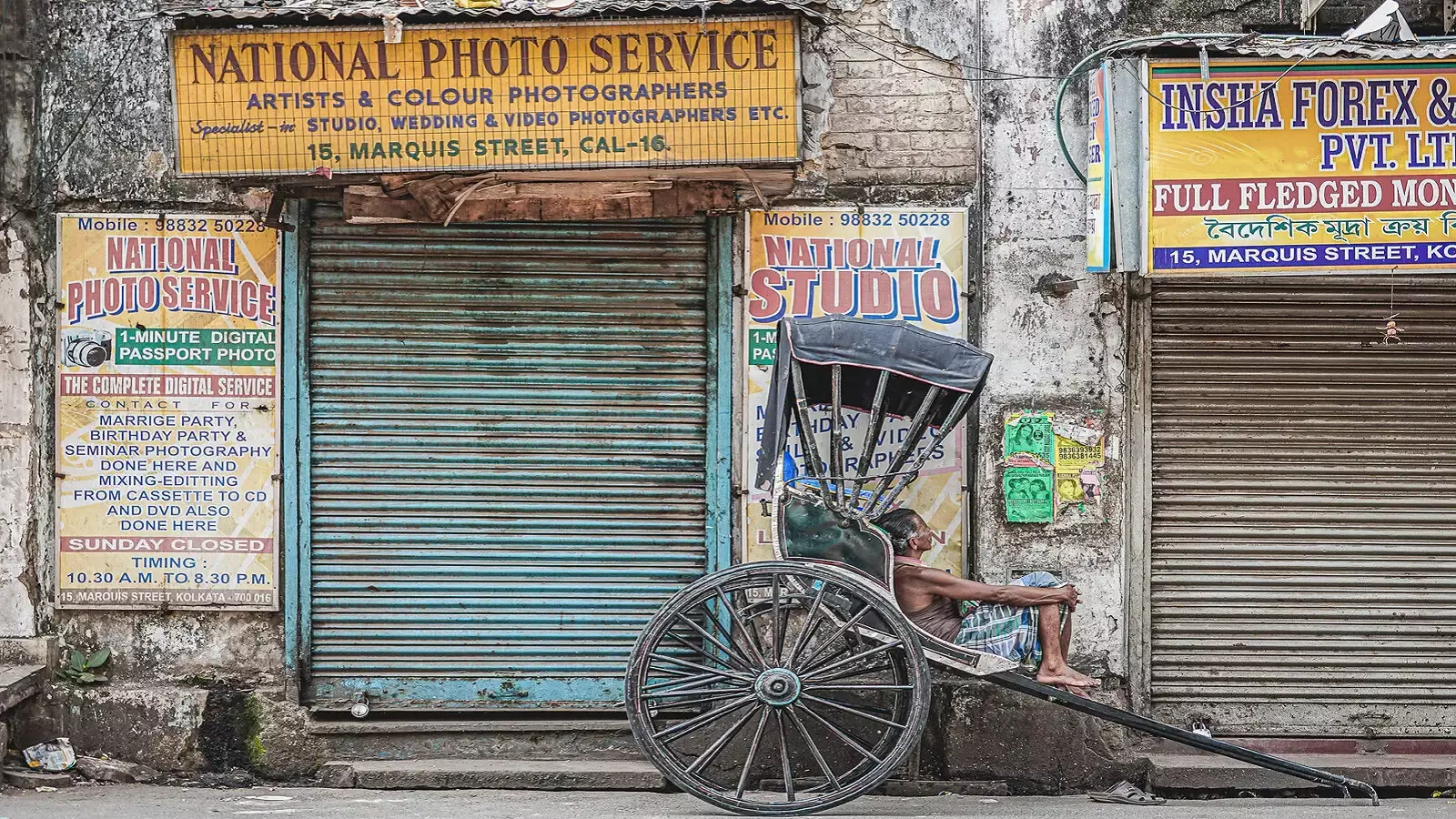4 Crore Indians Unemployed In Jan 2021, Says Congress: A FactCheck
CMIE study shows 2.8 cr people were unemployed in the month of January 2021

Taken from Flickr Photos
While reacting to a recent hashtag 'ModiJobDo' on unemployment in India, the Indian National Congress has claimed that about 4 crore Indians were left jobless in January 2021.
However the claim is unverifiable as the party has not clarified the source of their data. Factchecker spoke to Mahesh Vyas, CEO of Centre for Monitoring Indian Economy (CMIE) who said that their study shows 2.8 cr people were unemployed in the month of January while 2.96 cr people were unemployed in February 2021.
According to the reports, the loss of jobs especially during the peak of the Covid-19 pandemic has been uneven. A careful analysis of the data will help understand the nature of unevenness in the unemployment status of India.
What Does the Data Show?
According to the data from the Centre for Monitoring Indian Economy, average unemployment rate (UER) has gone down from March, 2020 (8.75%) to February, 2021 (6.90%). Also, unemployment rate is higher in the urban areas as compared to the rural areas. In March 2020, the unemployment rate in the urban areas was 9.41% as against 8.44% in the rural areas. Similarly, in February 2021 the urban areas recorded a 6.99% unemployment rate whereas in the rural areas it was 6.86%. The highest unemployment rate was witnessed at the peak of the pandemic crisis in the month of April 2020 (23.52%) with the urban and rural areas having a rate of 24.95% and 22.89% respectively. However, the unemployment trend has seen a steady decline since the month of April 2020.
The Labour Participation Rate (LPR) for rural areas is 41.9% as against 37.8% in the urban areas in September to December, 2020. According to the International Labour Organisation, the labour force participation rate is a measure of the proportion of a country's working-age population that engages actively in the labour market, either by working or looking for work; it provides an indication of the size of the supply of labour available to engage in the production of goods and services, relative to the population at working age.
According to ILO, "In both the developing and developed countries, the rise in urban joblessness is paralleled by the urbanization of poverty. It notes that poverty-related problems, such as overcrowding, hunger, disease, crime and malnutrition, are increasingly prevalent even in the inner-cities of the wealthiest, most advanced industrialized countries. In countries at all levels of development, the urban poor face limited access to shelter, education, health and social services, and they often pay higher prices for such essentials as food, water and clothing than those who are better off. Most urban unemployment in developing countries takes the form of underemployment, in which people are obliged to undertake any available economic activity, however poorly paid and unproductive, because there are no social-safety nets and no alternatives in the form of unemployment insurance or job training for formal sector work."
Secondly, the study of CMIE also shows that unemployment rate for female population (15.1%) is higher than that of male (6.1%) population for September to December 2020. In the urban areas, the unemployment rate was 20.8% and in the rural areas is 13.0%. Data also shows that Haryana has the highest unemployment rate with 25.91% followed by Rajasthan (21.18%) and Jammu & Kashmir (16.66%) respectively during the same time period.
There are four hypotheses put forth by ILO for the declining trend in women's participation in the labour force: i) Increasing attendance in educational institutions; ii) Increased household income, which reduces the need for female labour; iii) Changes in measurement methodology related to some types of female employment; and iv) Insufficient job opportunities for women.
Thirdly, unemployment rate is higher among youth in the age group of 15-19 years and 20-24 years in most of the states. For instance, UER in the age group of 20-24 years is 42.62% whereas for the age group 40-44 years it is 0.22% and for 55-59 years group it is 3.74%. Similarly, in Delhi for the age group 20-24 years UER is 41.77% and for 50-54 years it is 2.30%. According to a policy brief of the ILO, younger workers are in general 'cheaper' to fire. Greater experience with better job searching abilities allow older workers to retain jobs as well as find new work in the event of losing their jobs.
Professor Amit Basole, Director of Centre for Sustainable Employment, Azim Premji University said that there is heterogeneity in the matters of job loss as well as in the possibility of regaining employment. The industries that were hit harder were those in which women must have been engaged in higher ratio. Since women are more likely to have been represented in more precarious kinds of employment, they are more likely to lose jobs. Similarly, loss of jobs in the younger age groups who are less experienced is more than that of the older lot, added Prof. Basole.
He further claimed that women are less likely to undertake self-employment options after loss of salaried jobs because of the extra household responsibilities that they are entrusted with as a result of family members mostly keeping indoors due to the lockdown as compared to men who have taken up self-employment options after loss of salaried jobs. There is a problem in the traditional manner of measuring unemployment especially in times of a pandemic. There were people who had said that they are employed but not earning anything. In that case they are effectively considered as unemployed which is quite in contradiction to the normal times which entails that if one is employed, one will be earning something, concluded Prof. Amit Basole.


